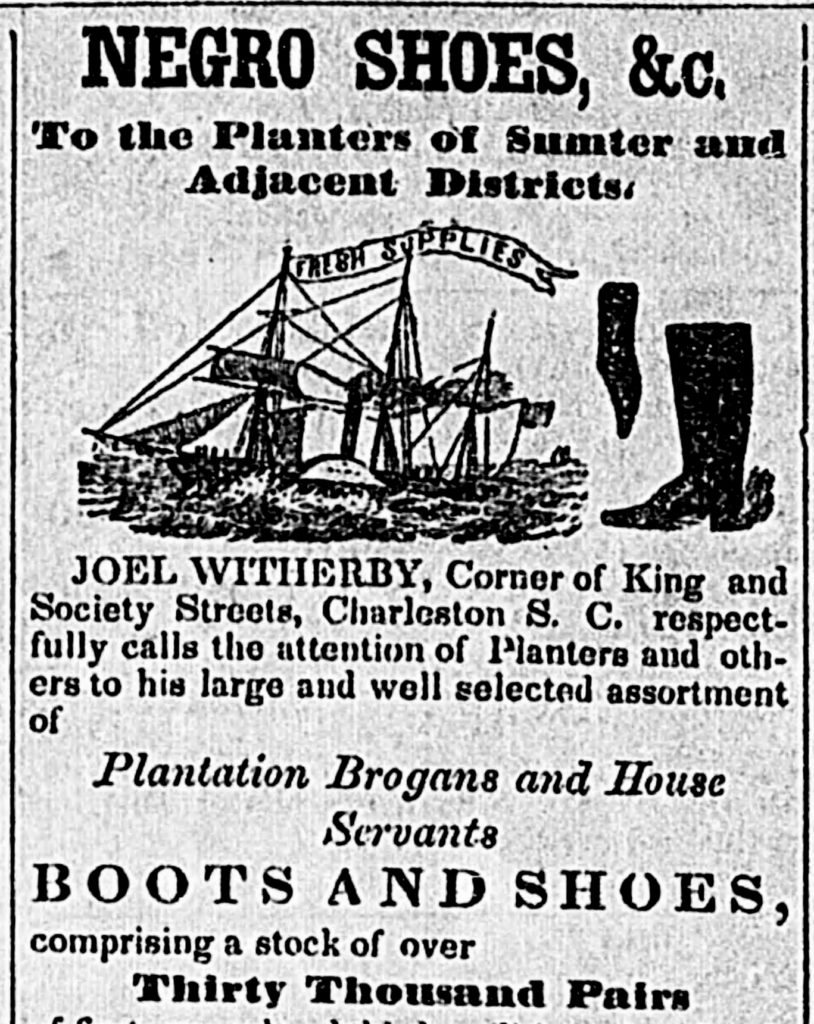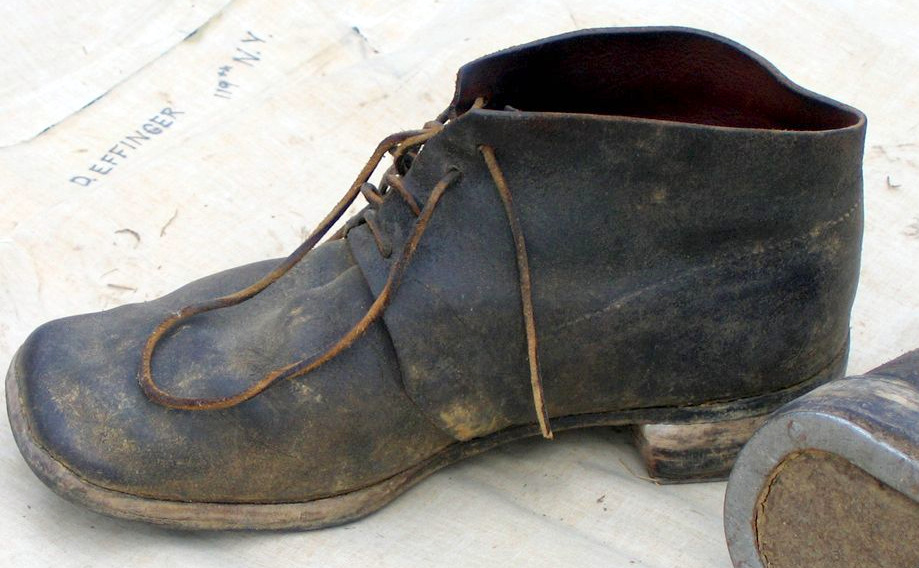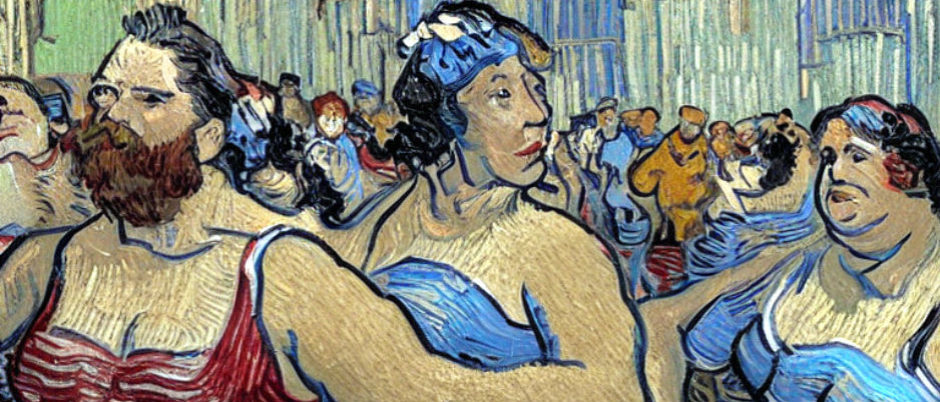The term “Negro Shoes” refers to footwear that played a significant role in the lives of African Americans before and after the Civil War. Understanding why these shoes were used, who purchased them, how they differed from ordinary shoes, and whether they persisted after the war is essential for appreciating the historical context and the experiences of African Americans during this terrible and pivotal period.
Why Were Negro Shoes Used?

Practicality and Necessity: The primary reason for the use of Negro Shoes was practicality and necessity. African Americans, particularly those who were enslaved, needed sturdy and protective footwear for various activities, including labor-intensive work in fields and on plantations. Shoes shielded their feet from injuries, harsh terrain, and extreme weather conditions.
Symbolism and Identity: Beyond practicality, these shoes held symbolic significance. For many African Americans, owning a pair of shoes represented more than just protection; it symbolized autonomy, individuality, and identity. In a society marked by racial discrimination and slavery, shoes were a tangible expression of personal agency.
Who Bought and Owned These Shoes?
The acquisition and ownership of these shoes were influenced by several factors:
Enslavers: In many cases, enslavers provided shoes to their enslaved workforce as part of their minimal clothing allowances. However, these shoes were often of inferior quality and ill-fitting.
Self-Purchase: Enslaved individuals who had the means, either through allowances, personal savings, or supplementary income, would purchase their own shoes. This allowed them to choose footwear that suited their specific needs and preferences.
Community Support: In instances where individuals could not afford shoes, enslaved communities would come together to collectively gather resources to acquire footwear. This practice demonstrated solidarity among the enslaved population.
How Were Negro Shoes Different from Ordinary Shoes?
This footwear differed from the footwear commonly worn by white individuals in several ways:

Materials: Negro Shoes were typically made from more affordable materials like canvas or rough leather, in contrast to the higher-quality materials used for shoes worn by white Americans.
Craftsmanship: The craftsmanship of Negro Shoes was generally simpler and less refined compared to shoes worn by white Americans. These shoes were designed for durability and functionality rather than style.
Fit: Due to limited resources and sizing options, many individuals wearing Negro Shoes had to make do with ill-fitting footwear. This often led to discomfort and foot-related health issues.
The Cost
Determining the exact cost of Negro Shoes during this period is challenging due to the diversity of circumstances. Costs varied depending on factors such as the quality of materials, craftsmanship, geographical region, and time period. It is essential to note that many enslaved individuals could not afford to purchase shoes themselves and depended on their enslavers or community support to obtain them.
Did Negro Shoes Exist After the Civil War?
While the term “Negro Shoes” specifically refers to the shoes used by African Americans before the Civil War, the footwear’s legacy continued after the war. The end of slavery marked a significant shift in the socio-economic status of African Americans, and their access to various goods, including footwear, improved.
Post-Civil War, African Americans began to have greater agency in purchasing and choosing their own shoes. They were no longer limited to inferior materials and craftsmanship. As they gained access to education and better job opportunities, many could afford high-quality shoes similar to those worn by white Americans.
Conclusion
The history of Negro Shoes is intertwined with the experiences of African Americans before and after the Civil War. These shoes were more than just protective footwear; they symbolized resilience, identity, and the pursuit of autonomy in a racially divided society. While the specific term “Negro Shoes” may have faded, their legacy endures as a testament to the determination of African Americans to assert their individuality and dignity in the face of adversity.
